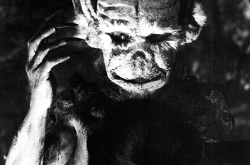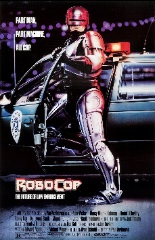
 Dead or alive, Hollywood is set to make a new entry in the cybernetically stifling RoboCop franchise in the next year or so; thankfully it won’t be a sequel to the lamentable 2014 remake, but instead a direct sequel to the 1987 original. So … yay?
Dead or alive, Hollywood is set to make a new entry in the cybernetically stifling RoboCop franchise in the next year or so; thankfully it won’t be a sequel to the lamentable 2014 remake, but instead a direct sequel to the 1987 original. So … yay?
With the mainframe of direct hope that this could be the sequel that we’ve all hoped for — even though RoboCop 2 really isn’t all that bad — I plugged in and had a bowl of high-protein mush as I watched, for the first time in nearly 20 years, RoboCop, directed by the masturbatory filmmaker of Showgirls, Paul Verhoeven.
Sometime in the near future, the city of Detroit is a rabid hellhole of violence and oppression; the only difference between then and now is that the guns can blow entire limbs off in one shot. To help control the unrest on the streets, megacorp Omni Consumer Products takes the body of blown away (and blown apart!) cop Alex Murphy (Peter Weller) and turns him into the law enforcement of the then-future, RoboCop.
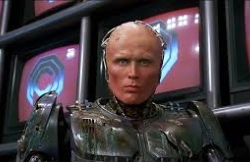 Aided by his spunky partner (Nancy Allen), this metal-plated pig takes to cleaning up Old Detroit, including the violent criminals who murdered him, led by total dirtbag Boddicker (Kurtwood Smith); he’s a classic ’80s villain who uses the phrase “Bitches leave!” to clear out a room of high-haired hotties about to have a threesome with corporate scum Miguel Ferrer.
Aided by his spunky partner (Nancy Allen), this metal-plated pig takes to cleaning up Old Detroit, including the violent criminals who murdered him, led by total dirtbag Boddicker (Kurtwood Smith); he’s a classic ’80s villain who uses the phrase “Bitches leave!” to clear out a room of high-haired hotties about to have a threesome with corporate scum Miguel Ferrer.
Viewed with a far more socially bitter set of eyes than when I was an idealistic youth, RoboCop is one brilliantly hilarious film, riding the thin line between sharp satire and flat-out comedy. Inspired by the British comic-book lawman Judge Dredd, the American RoboCop is definitely given a comedic Reagan-era spin, a fascistic fantasy that fuels a supremely macho parody — one of the reasons why it still feels mostly undated.
But is it a cohesive mélange of conservative criticism that can work in the stranger-than-fiction 2020s? Probably not, but I’ll buy it for a dollar to watch anyway —Louis Fowler

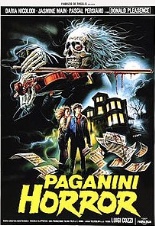
 According to Wikipedia, Niccolò Paganini was a brilliant violinist — a stringed virtuoso who shocked the early 1800s with his nimble wrist and indelible skill. Also, in the case of the film
According to Wikipedia, Niccolò Paganini was a brilliant violinist — a stringed virtuoso who shocked the early 1800s with his nimble wrist and indelible skill. Also, in the case of the film 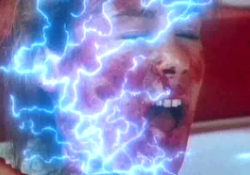


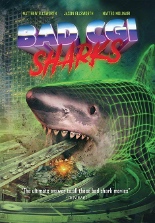
 With just $6,257.34,
With just $6,257.34, 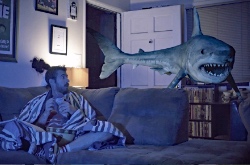

 Certain films feel more like a devilish fever dream than an actual movie made by human hands; the silent film
Certain films feel more like a devilish fever dream than an actual movie made by human hands; the silent film 